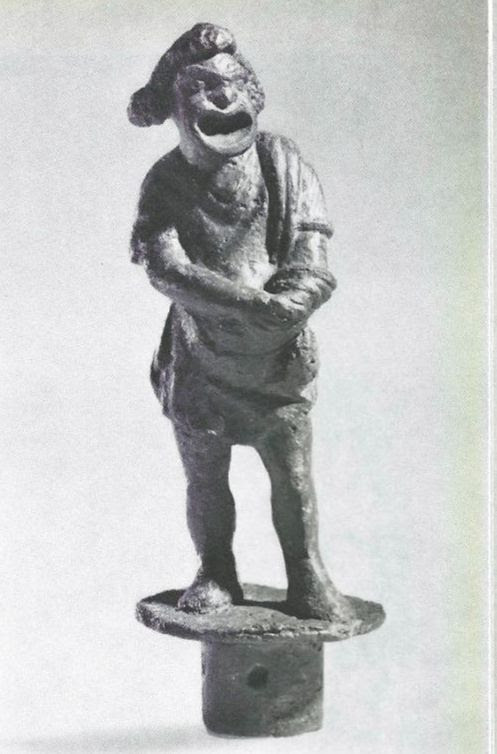
Gabriel Cohen: God, where are the eyes of a murderer?
2626 N Figueroa St, Unit C, Los Angeles, CA 90065
Sunday, April 21 at 3:00 PM – 6:00 PM
Ends Jun 1, 2024
Ends Jun 1, 2024
Hitler came to Mussolini in Rome in 1938. A little less than two thousand years earlier, Rome’s first emperor built the Ara Pacis Augustae, the Altar of Augustan Peace. The Ara Pacis is an ode to the bounty of empire and a who’s who of the imperial court. Livia, Agrippa, Lepidus, Augustus himself, and others less famous wrap around four marble walls, intercalated between marble goddesses, all dapper in their formal togas. This was a time when myth and power were the same thing. A little more than two thousand years later, that is, a little more than eighty after Hitler and Mussolini passed, in review, the altar’s unearthed but still dismembered south panels as they stood propped up by twisted rebar—I was saying, a little more than eighty years after that, or just slightly less than eighty years after Hitler and Mussolini met their ends, after Jean Decarnin, Genet’s lover in the Resistance, was murdered by the Germans (though that’s neither here nor there), Gabriel Cohen made a set of low reliefs that look like the Ara Pacis. Cohen’s figures aren’t imperial; they’re borrowed from Jean Cocteau’s homoerotic drawings of sailors. In 1963, Cocteau sat for a portrait bust by Arno Breker, Hitler’s favorite sculptor. The same year Cocteau dies and the portrait becomes his death mask, on permanent display at his tomb sixty kilometers south of Paris. Cocteau and Breker knew each other during the Occupation twenty years before. Breker made statues of Aryan supermen. No one else, one suspects, could call both Albert Speer and Isamu Noguchi friends. And Cocteau, too. What’s an artist to do with this, or with the genocidal now, when eighty years stop feeling like forever? When do the myths come back? Or more straightforwardly: What is it like to live in a culture that wants you dead?
Greek meanders come back in plywood, edge grain outward, reminding you that there was deductive abstraction millennia before that was an idea. There are masks of pain and anger that also look like emojis. The materials are hybrid and unclassical—plastic inlay, faux stone finish. The gallery is a stage. What’s being staged doesn’t speak in one voice. There’s a recovery of the strange queer classicism of 1930s and ’40s, a queer world that’s far from cute and cuddly. There’s Minimalism doing its thing in its afterlife. There’s myth and what myth conceals.
Exhibition text by Daniel Spaulding
